Preparing and Developing Technology-proficient L2 Teachers (2007)
$12.00 – $24.95
2007. Preparing and Developing Technology-proficient L2 Teachers. Margaret Ann Kassen, Roberta Lavine, Kathryn Murphy-Judy and Martine Peters (Eds.). 344 pages
Description
Chapter Abstracts
Chapter 1: François Desjardins and Martine Peters
Single-course approach versus a program approach to develop technological competencies in preservice language teachers
Although much research has been done on the effect of technology in the language classroom, little has examined how to train language teachers to integrate technology in their classrooms and which competencies they need to develop to properly integrate this new tool in their teaching activities. This chapter reports on a 3-year study looking at how preservice teachers’ technological competencies evolved during their second-language-teaching program and, more specifically, how well prepared these preservice teachers felt they were to integrate technology in the language classroom. A single group case study approach using a mixed model of data collection was adopted in order to produce as much information as possible in such a context. Qualitative data were collected through a reflective paper written by a group of about 35 preservice teachers, and quantitative data were collected using a three part questionnaire administered to the same group at three moments in the course of the study. The results seem to indicate that, in general, preservice teachers do develop at least some of their technological competencies over the course of the 3-year program. The comments collected from their papers also indicate a strong awareness of the importance of using technology to develop their own students’ language skills, especially during communicative, authentic activities. Furthermore, participants in this group stated that the use of information communication technology would help students become autonomous and constructive in their learning process. However, this group also felt that their own competencies were not developed well enough for them to feel completely at ease with integrating technology in their future classes.
Chapter 2: Rebecca L. Oxford with Sei-Hwa Jung
National guidelines for technology integration in TESOL programs: Factors affecting (non)implementation
This chapter explains several sets of national standards related to technology and teacher education, with a focus on the TESOL area, which prepares individuals to teach English language learners. Unfortunately, teacher education in this area rarely comes close to meeting the national standards presented here. This chapter explains what happens to teacher candidates and prekindergarten-12th grade (P-12) English language learners when university teacher educators do not provide adequate technology integration. The chapter identifies and analyzes the limiting factors involved in this negative situation, such as university academic culture, attitudes and skills of teacher educators, and institutional infrastructures. It also presents research-based suggestions for dramatically changing this situation for the better.
Chapter 3: Robert M. Terry
Foreign language teacher education: The role of technology
Both large colleges/universities and small liberal arts schools can profit from the integration of technology into foreign language (FL) teaching and FL teacher preparation programs. This chapter discusses the essential role that technology can play in a FL methods course to help supplement and complement course content. Students continuously consult the web; create their own web pages and electronic portfolios; research articles and materials that are relevant to the field of FL education as well as their own language(s); and study about and examine the role, implementation, and use of technology in FL teaching. The essential tenet is that technology should be a support and delivery mechanism for effective language teaching and learning.
Chapter 4: Bonnie L. Youngs
Teaching teachers: Methodological questions for the online environment
Based on a survey and face-to-face interviews, as well as classroom observations by the researcher, four experienced university foreign language instructors openly discussed their views on comparisons between traditional classroom and online instructional contexts regarding lesson planning, methodological adaptations, teacher-training needs, and strategies for class and student management. During the data collection procedures, one of the four instructors continued to insist that online elementary students could not achieve levels of language learning comparable to those achieved by students in traditional sections of elementary language. In addition to evaluating teacher reactions to traditional and online teaching contexts, the research examines the prejudices that remain against online teaching and learning even after instructors notice positive student gains.
Chapter 5: Loreto Sanchez and Margaret Beauvois
A tale of two supervisors: Language directors in a literature program
This chapter has for its focus the use of technology in the training of graduate teaching assistants (GTAs) who are Ph.D. candidates in French, German, Italian, and Spanish literature. A collaborative effort between the program directors in French and Spanish is resulting in a more effective use of technology in GTA training and in undergraduate language education.
Chapter 6: Nike Arnold, Lara Ducate, and Lara Lomicka
Virtual communities of practice in teacher education
This chapter examines whether groups of pre- and in-service language teachers relying exclusively on online interactions form communities of practice. According to Wenger, McDermott, and Snyder (2002) “communities of practice are groups of people who share a concern, a set of problems, or a passion about a topic, and who deepen their knowledge and expertise in this area by interacting on an ongoing basis” (p. 4). These communities are characterized by manifestations of a shared understanding about their actions and about themselves as members of that community. In our project, three teacher methodology classes at two different universities participated in virtual discussions over 6 weeks. Based on a jigsaw format, the project was designed in three phases: (a) via articles, observations, or interviews, students researched a specific topic; (b) students shared their knowledge and research with each other on the topic; and (c) students interacted with a topical expert in the field of language acquisition. Using a questionnaire, we examined student perceptions of the social and cognitive benefits of the discussions. Then, we analyzed the discussion transcripts both qualitatively and quantitatively, noting the frequency of key indicators found in social and cognitive presence and community of practice frameworks.
Chapter 7: Debra Hoven
The affordances of technology for student teachers to shape their teacher education experience
This chapter describes a case study model to document the evolution over three semesters of a Masters course in technology and language learning for in-service teachers using a social constructivist pedagogical approach (Felix, 2002) within an ecological framework, from completely face to face (F2F) to predominantly online. The focus is on teachers’ acceptance of change in the form of integration of technology first into their learning and second into their teaching, as well as their adaptability to self-managing their learning. The design of the modified course took an experiential modeling approach in which all of the tools and processes that were taught in the course were modeled and experienced by students (teachers) during the semester. These tools include reflective and social computing tools such as chat, blogs, wikis, and e-portfolios, as well as lesson and task-templating software such as Swarthmore Makers, Hot Potatoes, and WebQuest and web page creation software such as Dreamweaver. Based on grounded research methods, techniques such as surveys, problem-based focus groups and short-answer responses were used to ascertain the values of the changes. Some of the information collected from these instruments is presented and compared to the reflective pieces produced by students in their blogs and the projects they created. Due to the multinational composition of the class, some commentary on intercultural perspectives on experiential pedagogy and working with social networking software is also offered.
Chapter 8: Antón Brinckwirth, Elizabeth Kissling, Kathryn Murphy-Judy, and Carlos Valencia
Technology follows technique: Refocusing the observational lens
Digital video is being applied to teacher training, development, and evaluation. This chapter evokes theories and practices of performance observation and improvement. It demonstrates facilitative media used in the design and implementation of a current interinstitutional project by the authors. Simultaneously, the implications of teaching evaluation techniques caught in the lens of digital observation technologies lead to considerations of their personal and social impact on the field of world language teacher training and professional development in the 21st Century. A more communal and nonhierarchical approach, called peer coaching, is advanced with a value-added digital video and e-community twist.
Chapter 9: Laura Franklin
The use of online resources in foreign language teacher education
Many preservice language teachers belong to a segment of our society that author Marc Prensky has termed digital natives–those who have grown up with microcomputers, the Internet, and sophisticated gaming technology (Prensky, 2001a, 2001b). To enable new teachers to engage and motivate learners who are themselves frequent users of technology, teacher educators must model innovative use of technology tools in foreign language teacher education. This chapter will review a number of new media resources and instructional strategies that can be used for language instruction and demonstrate how information and communication technology and related strategies can also be used in foreign language methods programs. These user-friendly media include authentic video and audio, learning object repositories (e.g., Multimedia Educational Resource for Online Teaching [MERLOT]), assessment resources (e.g., the University of Minnesota’s Virtual Assessment Center), and the popular listserv FLTEACH. The chapter will also treat online communities of practice for language professionals (e.g., Webheads in Action), language exchange programs (e.g., MyLanguageExchange.com and Mixxer), and blogging and shared bookmarking technologies found through sites like Technorati and del.icio.us. Finally, it will point to research on emerging technologies such as personal learning landscapes and the use of peer-to-peer applications in computer-assisted language learning (CALL).
Chapter 10: Lourdes Travieso-Parker, Judith L. Shrum, and Dee Flora White
Stories students tell: iMovie in an ESL class
In this chapter we describe how one teacher of English as a second language (ESL) in an urban high school in Virginia used iMovies to give voice to her recent-immigrant English language learners. As background, we describe the Hispanic presence in the US, in Virginia, and in the high school where this project took place; we explore the relevant theoretical frameworks of language learning in a social and collaborative setting; and we place iMovie and storytelling within the context of critical and transformative pedagogy (Freire, 2000; Cummins, 2000). In addition, we explore the implications of learner-created iMovies in the preparation of language teachers, particularly related to national standards for students and teachers in ESL and foreign language. We place this project on the backdrop of the No Child Left Behind Act (2001) and the US Department of Education’s National Technology Plan (2004). We view this teacher’s work using this technology as an easily replicable model of technology integration that enables and empowers learners to communicate in English. The iMovies discussed in this chapter are available here (iMovies).
Chapter 11: Margaret Ann Kassen and Roberta Z. Lavine
Developing advanced level foreign language learners with technology
In this chapter, we concentrate on how technology can be used in developing today’s advanced level language learners and teacher candidates. To this end, we first explore what it means to be an advanced level learner, building on the ACTFL proficiency guidelines by considering the European Common Framework of Reference for Languages and the notion of literacy. Next, we overview the learning characteristics and instructional preferences of the digital generation. Focusing on the nexus of these two perspectives, we subsequently explore three technology-enhanced classroom-based initiatives that facilitate the development of advanced level abilities: a multimedia interview project, a collaborative writing activity using wikis, and a technology-enhanced business Spanish simulation. Participation in these kinds of technology-enhanced activities provides teacher candidates with first-hand perspectives on technology integration in their content area, supports the International Society for Technology in Education (ISTE) Technology Standards (ISTE, 2002), and complements the technology training they receive in their education courses.
Chapter 12: Marcela van Olphen
Digital portfolios: Balancing the academic and professional needs of world language teacher candidates
This chapter presents an account of the reactions and ideas of a group of foreign language teacher candidates (FLTCs) about the implementation and development of digital portfolios during their methods semester. Drawing from a larger qualitative study, this paper considers the use of web-based course management systems (WebCT) as a strategy to develop and to support the professional portfolios of FLTCs. Data sources used for analysis included interviews, field notes, observations, and WebCT postings. The findings suggest that several advantages result from using a web-based course management system, including opportunities to learn more about educational technology while collaborating with peers and to develop a reflective approach for professional growth. Overall, the use of WebCT facilitated the implementation and development.
Chapter 13: François V. Tochon and Nathan JeffreyBlack
Narrative analysis of electronic portfolios: Preservice teachers’ struggles in researching pedagogically appropriate technology integration (PATI)
Electronic portfolios have a narrative dimension that can be analyzed with the tools of narratology. The chapter uses Greimas’s (1976) actantial model to analyze the storied universe of world language preservice teachers as revealed in their e-portfolios. The integration of new technologies is explored within the perspective of developing pedagogically appropriate technology integration (PATI). PATI experiences help define technopedagogy. The activities analyzed indicate that technology is most often a help rather than a goal, even when the target is to develop a technology standard. Information technology is subordinated to higher educational goals like organizing student-centered investigations or facilitating collaboration. This addresses concerns expressed in previous studies that preservice teachers could lag behind experienced in-service teachers in conceptualizing how technology must be adapted to a classroom context. The analysis reveals a hugely important conclusion: technology is a helper, not the object for these preservice teachers.
Chapter 14: Patricia W. Cummins
LinguaFolio and electronic language portfolios in teacher training
LinguaFolio is an American language portfolio modeled on the European Language Portfolio (ELP): it consists of (a) a language passport, (b) a language biography, and (c) a language dossier. Like the ELP, “LinguaFolio is a tool in which those who are learning or have learned a language at school or outside of school can record and reflect on their language learning and cultural experiences” (LinguaFolio Five State Teacher’s Guide, p. 3). An electronic LinguaFolio is easily tailored to learning, teaching, and assessment, which are the overall goals of the Common European Framework of Reference for Languages: Learning, Teaching, Assessment (CEFR) to which the ELP is tied. LinguaFolio refers both to the European rating scales of the CEFR and to ACTFL guidelines with which state and district standards for students and professional standards for teachers have long been aligned. LinguaFolio also builds on the organizing principles of the Standards for Foreign Language Learning in the 21st Century, put together by ACTFL and most of the language specific associations of language teachers over the past 15 years. LinguaFolio as an electronic portfolio is presented as both a tool for teacher training and for use by teachers with their students. LinguaFolio is designed to make students lifelong learners who can describe their accomplishments, set future goals, and develop the strategies to reach their goals for language learning and cultural competence in the classroom and beyond.
Chapter Information
| Martine Peters Kathryn Murphy-Judy Roberta Z. Lavine Margaret Ann Kassen |
Introduction | |
| National Frameworks | ||
| Ch. 1 | François Desjardins Martine Peters |
Single-course approach versus a program approach to develop technological competencies in preservice language teachers (Chapter 1 abstract) |
| Ch. 2 | Rebecca L. Oxford with Sei-Hwa Jung |
National guidelines for technology integration in TESOL programs: Factors affecting (non)implementation (Note: Figure 1 on p. 33 of this chapter is incorrect. Click here for the correct version of this figure. Also, the headings on the pages of the chapter should read Rebecca L. Oxford with Sei-Hwa Jung, not Rebecca L. Oxford and Sei-Hwa Jung. CALICO apologizes for these errors.) (Chapter 2 abstract) |
| Specific Contexts | ||
| Ch. 3 | Robert M. Terry | Foreign language teacher education: The role of technology (Chapter 3 abstract) |
| Ch. 4 | Bonnie L. Youngs | Teaching teachers: Methodological questions for the online environment (Chapter 4 abstract) |
| Ch. 5 | Loreto Sánchez Margaret Beauvois |
A tale of two supervisors: Language directors in a literature program (Chapter 5 abstract) |
| Learning Communities | ||
| Ch. 6 | Nike Arnold Lara Ducate Lara Lomicka |
Virtual communities of practice in teacher education (Chapter 6 abstract) |
| Ch. 7 | Debra Hoven | The affordances of technology for student teachers to shape their teacher education experience (Chapter 7 abstract) |
| Ch. 8 | Antón Brinckwirth Elizabeth Kissling Kathryn Murphy-Judy Carlos Valencia |
Technology follows technique: Refocusing the observational lens (Chapter 8 abstract) |
| Toolboxes | ||
| Ch. 9 | Laura Franklin | The use of online resources in foreign language teacher education (Chapter 9 abstract) |
| Ch. 10 | Lourdes Travieso-Parker Judith L. Shrum Dee Flora White |
Stories students tell: iMovie in an ESL class (see Movie ) (Chapter 10 abstract) |
| Ch. 11 | Margaret Ann Kassen Roberta Z. Lavine |
Developing advanced level foreign language learners with technology (Chapter 11 abstract) |
| Critical Reflection | ||
| Ch. 12 | Marcela van Olphen | Digital portfolios: Balancing the academic and professional needs of world language teacher candidates (Chapter 12 abstract) |
| Ch. 13 | François V. Tochon Nathan Jeffrey Black |
Narrative analysis of electronic portfolios: Preservice teachers’ struggles in researching pedagogically appropriate technology integration (PATI) (Chapter 13 abstract) |
| Ch. 14 | Patricia W. Cummins | LinguaFolio and electronic language portfolios in teacher training (Chapter 14 abstract) |
Additional information
| Publication Type | .epub, .mobi, .pdf, Print |
|---|

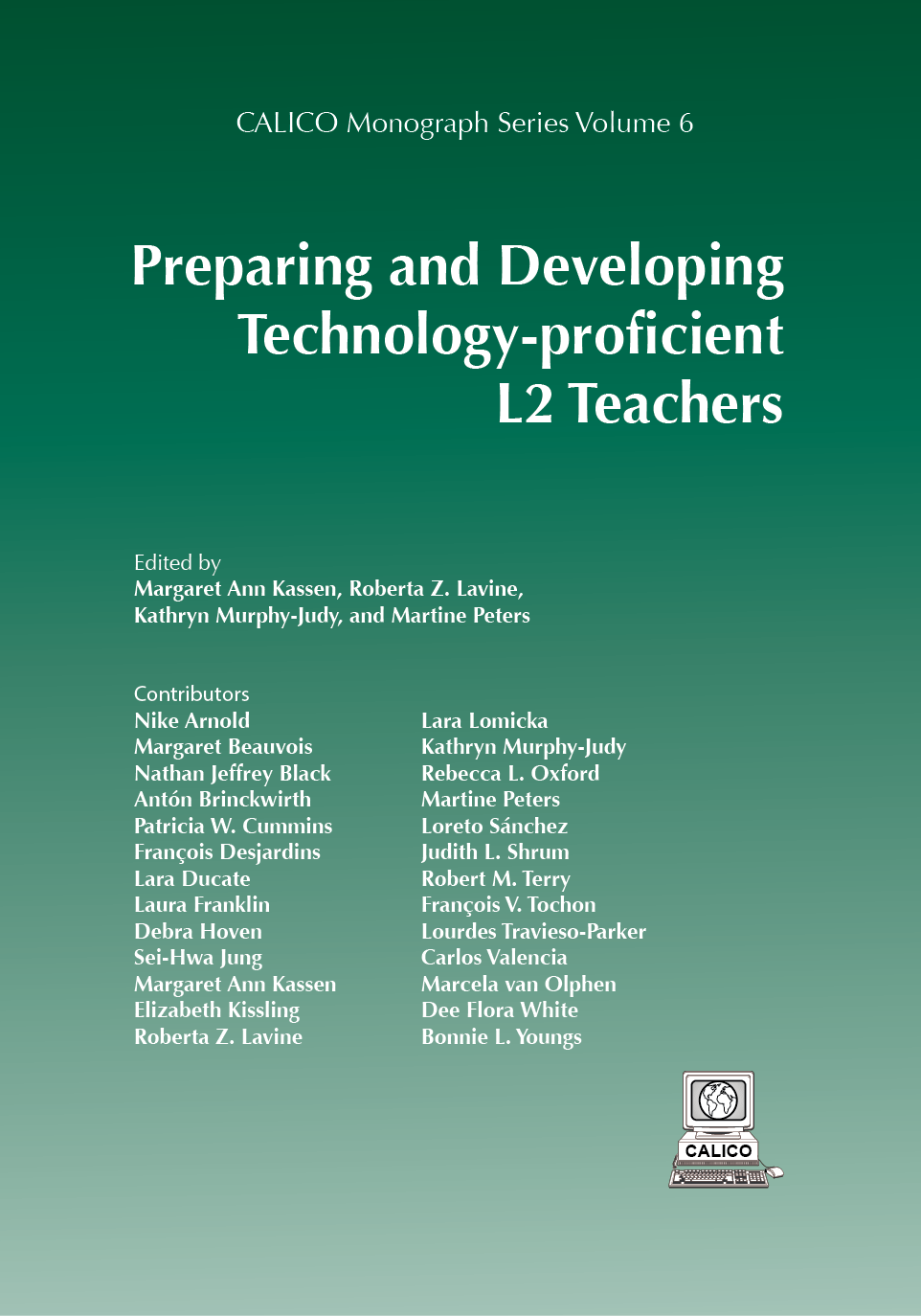
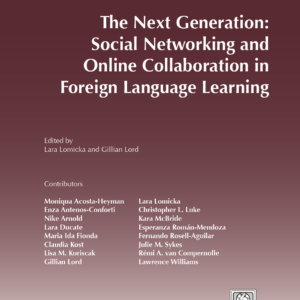
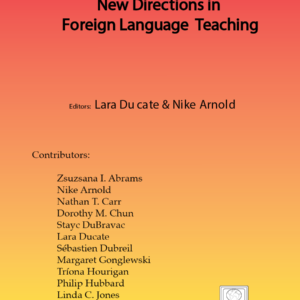
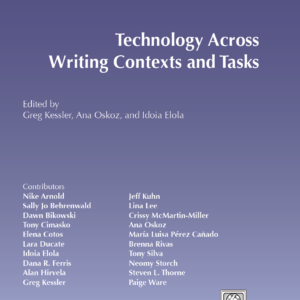
Reviews
There are no reviews yet.